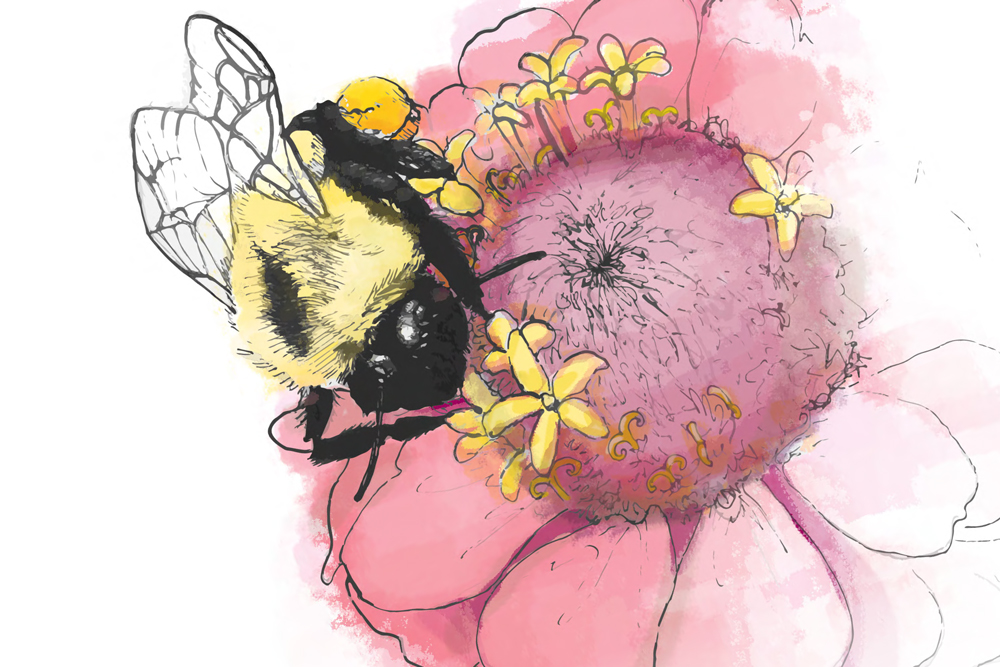By Willie O. Chance III
University of
Georgia
Some of the same traits that make Leyland cypress a favorite
Christmas tree make it a popular hedge or border tree in the
landscape. Growing up fast as much as 100 feet tall and 30 feet
wide, it can be impressive. But it’s not without problems.
Certain diseases are becoming more common to Leyland cypresses.
Two are especially widespread.
Bot canker kills individual branches in the tree. The foliage
may
turn grey-green before it dies. The dead branch will have darker
bark and a sunken canker where the dead part of the branch
begins.
Limbs on trees infected with Seiridium canker turn yellowish and
then brown to grey when they die. The cankers on the main stem
are sunken and reddish and ooze sap. Many cankers can be on a
single limb.
No spray will control these diseases. Entering wounds in the
tree, the diseases are worse during stressful weather. The main
control is to keep the plant in good health so it can resist the
diseases.
Dry weather is a big factor in the spread of these diseases, so
be sure to water Leyland cypresses during a time of drought. If
plants get dry, they’re more likely to get sick.
Don’t water more often than twice a week during drought. Once a
week is better. Wet the soil down to 12 to 18 inches when you
water. Soil must dry out between watering or the roots may
die.
Apply three-quarters to 1 inch of water once a week if you use
sprinklers. Soaker hoses are better because they keep the
foliage
dry, which may reduce disease problems. Run soaker hoses once a
week just long enough to wet the soil 12 to 18 inches deep.
Plant Leyland cypresses in well-drained soils in sunny places.
Mulch them after you plant, but use only 2 to 4 inches of mulch.
Don’t use landscape fabric unless the soil is very well
drained.
Don’t plant Leyland cypresses in wet soils or poorly drained
areas. They may respond to wet feet by getting sick or dying.
Check the soil drainage before you plant or if the tree has
problems.
To see if your soil drains properly, dig a hole about a foot
deep
and wide. Fill it with water. If it takes longer than eight
hours
for the water to drain out, the soil is probably poorly
drained.
Don’t plant Leyland cypresses less than 8 feet apart. As the
plants get big enough for the limbs to touch, remove every other
tree. If the limbs rub together, they cause wounds that can be
infected by diseases.
If you already have these diseases, first cut out the dead
limbs.
Be very careful to cut way back into good, live tissue. Cutting
diseased limbs and then immediately cutting good limbs may
spread
the disease.
If you like, while you prune you can periodically clean your
shears with rubbing alcohol. Generally, don’t cut the main stem
on a Leyland cypress. If you have cankers on the main stem, it’s
best to remove the tree.
Next, find out what needs to change about the way you’re growing
the plant. The main problem is probably improper watering.
Solving tree problems often comes down to watering and root
care,
since we can do little else for trees.
Since these diseases are getting to be very common, consider
this
when you plant. Avoid plants like Leyland cypress and Japanese
cedar (Cryptomeria) if you can’t give them this kind of
care.
(Willie Chance is a Houston County Cooperative Extension
agent
with the University of Georgia College of Agricultural and
Environmental Sciences.)




